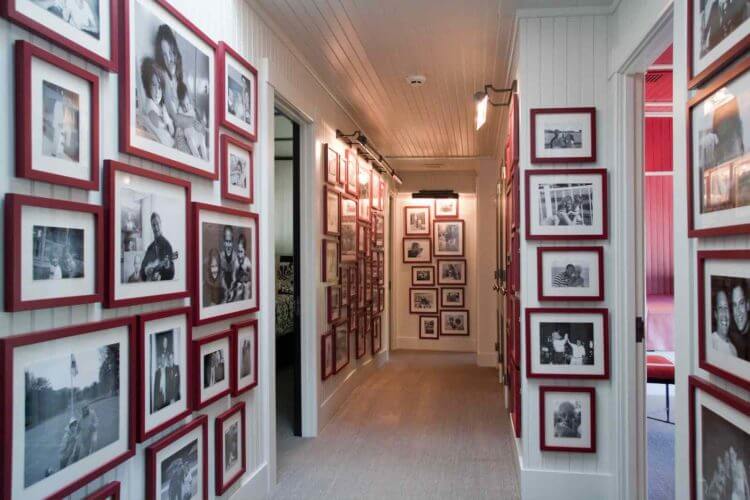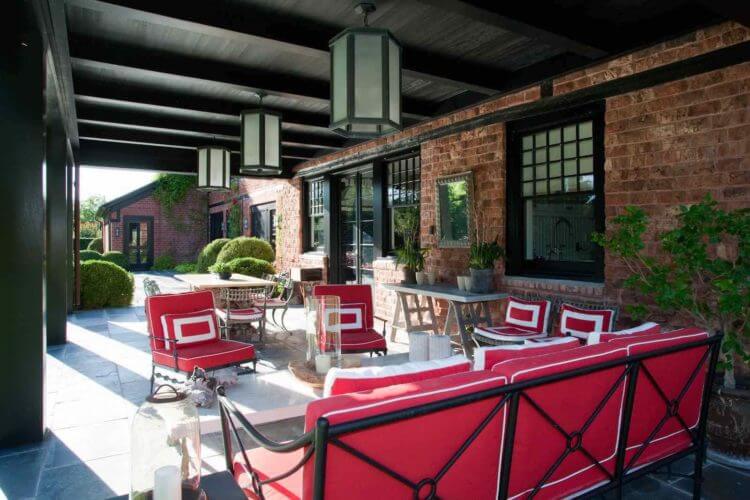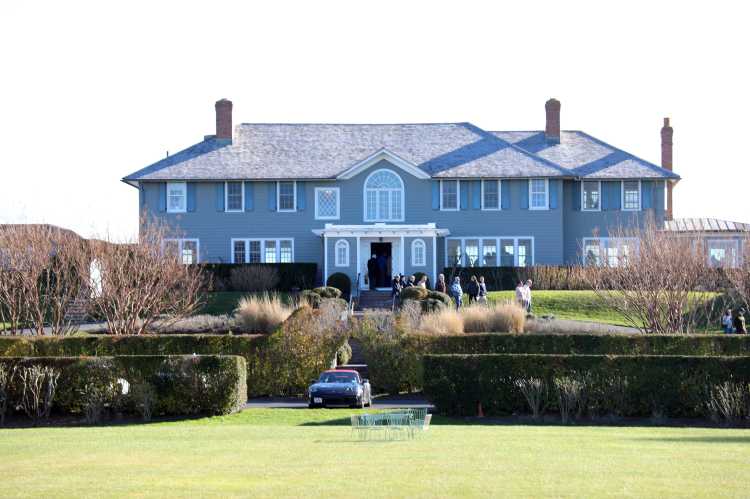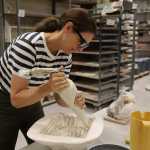Redcraft, on Ox Pasture Lane, Southampton, is a fascinating house. Originally called Red Croft, it was built in 1897 by Charles G. Francklyn. Even in an area like Southampton, famous for celebrities and huge personalities, there can be few whose lives rivaled Charles Gilbert Francklyn’s.
He was the great grandson of pro-slavery polemicist Gilbert Francklyn, who owned plantations in Tobago and Jamaica. His mother, Sarah Jane Cunard, was the daughter of the shipping magnate. Charles was born in 1844 in London and later moved to New York to work as an agent for the Cunard shipping line. In addition to his own capital investments, which included railroad stock, he managed interests for British investors, including his friend Lord Rosebery, the future British prime minister. Lord Rosebery’s marriage to the Rothschild heiress made him one of the wealthiest men in Britain.
Francklyn was prominent in the development of the gas industry in New York; in 1878 he organized the Municipal Gas Light Company and later founded the Consolidated Gas Company of New York. He arranged to buy from William Rockefeller a waste product, naphtha, that Standard Oil had been dumping into the sea. Francklyn then invented a process by which hydrogen gas and naphtha were combined to create gas that could be used to illuminate. Consolidated Gas then acquired steam, gas, and electric companies serving New York City and Westchester. Today it’s known as Consolidated Edison.
In 1882, the Francklyn Land and Cattle Company, an English syndicate headed by Charles, purchased 637,440 acres of the Texas panhandle for $887,000. An enormous cattle ranch was built intending to cash in on the “Beef Bonanza.” Unfortunately, the manager appointed by the Francklyn company overspent on livestock, fencing, as well as living quarters. A terrible blizzard in January 1886 made the ranch bankrupt.
The next year, Francklyn, also president of the Horn Silver Mining Company, known as the richest silver mine in the world, was arrested at home in New York. The charge was fraud. Francklyn’s cousin, Sir Bache Cunard, alleged that Charles had embezzled $3,000,000 Cunard had entrusted him to invest for his own use. Litigation over the matter (once Francklyn made bail) dragged on for many years, and also included a libel action by Francklyn to The Times of London.
Eventually, the litigation cost Francklyn his summer home at Elberon, New Jersey, a Shingle Style house designed by Charles McKim of McKim, Meade and White. It was here that President James Garfield, trying to recover from an assassin’s bullet, was brought to recuperate and it was here that President Garfield died. (The Francklyn Cottage burned to the ground in 1914.)
The main Francklyn residence, where he lived with wife Susan and children Gilbert and Doris, was 5 Washington Square, New York. Of course, the family needed a summer home as well, and they chose Southampton. The Francklyn family was one of the first to make Southampton a fashionable destination.
Unfortunately, little is known about Red Croft’s design or construction: Susan was in charge of furnishing it. Nor is much known about the garden design. Recently, though, landscape architect Perry Guillot, who reworked the gardens for the present owner, noted, “A century-old allée of chestnut trees along the east border is like no other in the village of Southampton.”

The Francklyns lived quietly and happily at Red Croft for many years. Mrs. Francklyn made the papers in 1915, when apparently she had a moving picture stopped at a local theater because of its raciness. The Brooklyn Daily Eagle reported, “Who Stopped the Movies? None Will Take the Credit Mrs. Francklyn of Southampton Insists She Didn’t Do It Or Rather Her Daughter Does And Manager Allen Says He Ought to Know. […] J.S. Allen, proprietor of the Garden Theater, where the new censor got busy last Wednesday night, still insists and ‘insists’ is putting It mildly that it was Mrs. Charles O. Francklyn, who was shocked into actlon. Mrs. Francklyn refuses to discuss silk stockings, or anything else, but her daughter, Miss Doris, persists with as much force as Mr. Allen insists that her mother had nothing to do with the sudden exit of the hosiery display. ‘Why mother had no more to do with stepping those pictures than this poor little dog,’ said Miss Francklyn. And she held up a white poodle, which barked vigorously in righteous indignation.”
Charles Gilbert Francklyn died in 1929. He left Red Croft to his son Gilbert, who seems to have enjoyed the estate along with Doris for the rest of their lives; they died in 1957 and 1959. Neither married and are buried together in Southampton Cemetery, as are Charles and Susan.
The next notable owner was art connoisseur Paul F. Walter who bought the property in 1986. He collected everything from Mughal miniatures to British decorative arts, but is best remembered today as a pioneering collector of photographs. He was a renowned figure in the art world, befriending artists–for example, he sent Mapplethorpe the bunch of tulips that inspired his series of plant photographs–and donating works to major museums.
He had Redcroft (as it was now known) decorated by architect and interior designer Mark Kaminski in the late nineteenth century Arts and Crafts style, using museum-quality furniture and artwork, as well as layered William Morris pattern wallpapers.
The grounds were designed in the English style by landscape designer Deborah Nevins. And when Nigel Nicolson visited the house, he pronounced them the American equivalent of the gardens at Sissinghurst tended by his mother, Vita Sackville-West.
Mr. Walter eventually decided to downsize, selling Redcroft to Citibank executive Robert Buxton and wife Anne in 1999 for $4 million. Sadly, he died in 2017 and the best pieces from his collections were auctioned at Christie’s.
The Buxtons lived at the property for some years, finally selling for $9 million in 2008. The current owner of the property, now known as Redcraft, had the interiors redecorated by eminent designer Steven Gambrel and the four acres of gardens redesigned by Perry Guillot. Now, hedges of copper beech and yew surround a walled flower garden. But the crowning glory of the property are the ancient specimen trees.
Today, the house is sleek and sophisticated from the sure hand of Steven Gambrel. The entry hall features rusticated walls that look like stone blocks; the dining room juxtaposes director’s chairs with a gilt Chippendale mirror; and a gallery of black-and-white family photos are framed in red. Parrot green and red touches enliven the mostly neutral palette. In the extraordinary French art deco style master bathroom, Jacques Adnet sconces complement a steel fire surround found in Paris. Black, as always with Gambrel, is in evidence, with black painted ceilings and the designer’s signature black kitchen, in this case lightened by antique benches from the estate of Bill Blass.

Redcraft has changed over the past 120 years, and no doubt will change again in the next 120, but it has always been and always will be extraordinary.






















